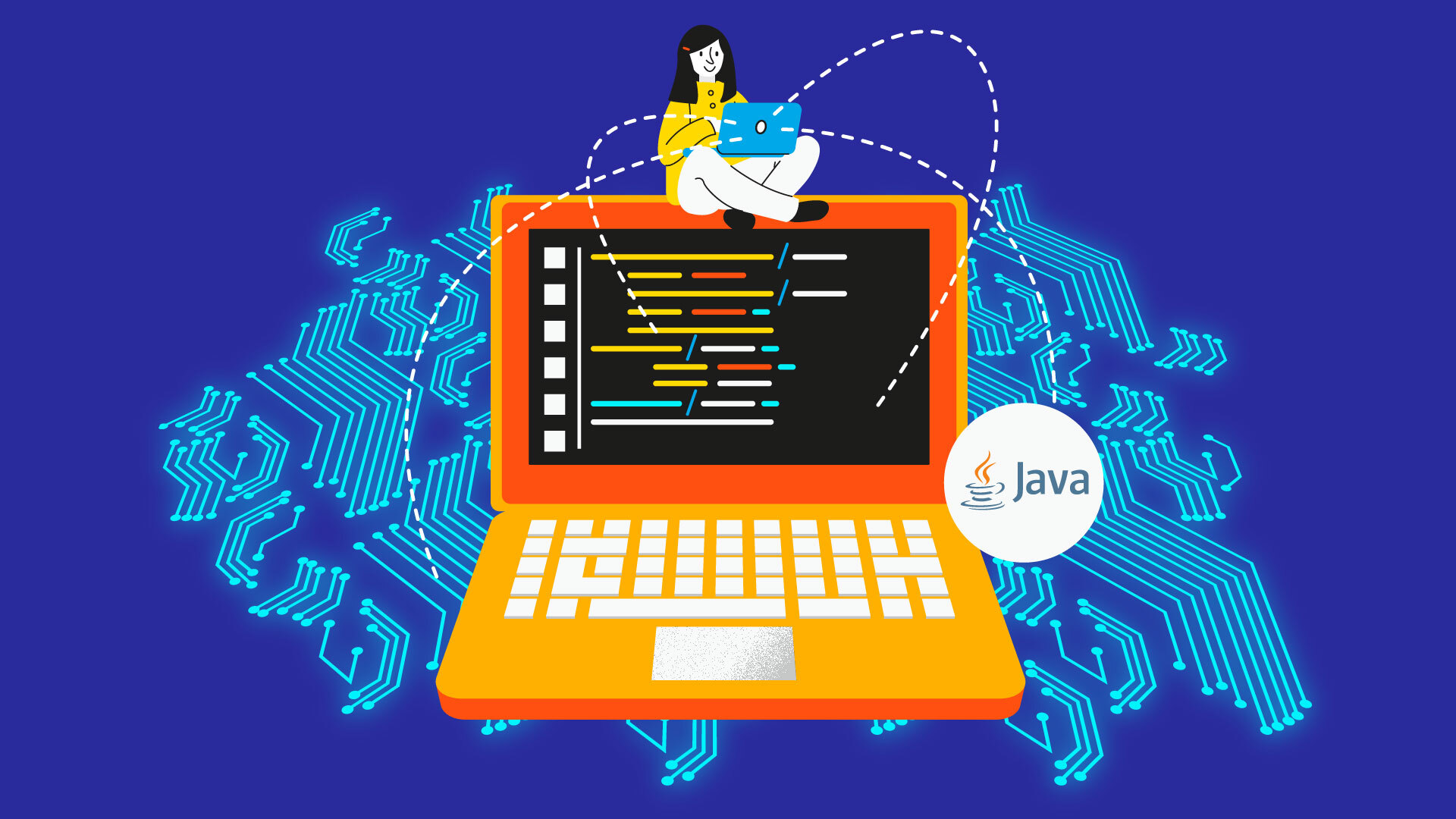Evolution of Outsourcing & How the Cloud Era is Ushering New Business Models

Outsourcing has long been part of the business landscape whether all of IT was outsourced or just a portion. The reasons for outsourcing have typically centered on reducing capital spending, IT specializations in infrastructure and application support, and limited physical space or funding to maintain large IT infrastructures. Traditional outsourcing consisted of a second party deploying and managing the infrastructure and application on behalf of a single business. The business drove requirements. However, outsourcing is evolving to include cloud outsourcing where the second party managing the infrastructure or applications on behalf of several businesses. In cloud outsourcing, the provider drives the requirements.
Different Needs Require Different Solutions
From one perspective, traditional and cloud outsourcing have no differences: they both relieve the burden of managing infrastructures and applications away from internal IT departments. Traditional outsourcing, like traditional IT solutions, is generally more reliable and complex. They are less flexible to changing requirements and have greater control over the entire process. Traditional outsourcing is likely a great candidate for businesses and industries where change is slow and control is essential.Cloud services are designed to exploit the Internet, virtualization and automation to provide greater flexibility and scalability in a matter of a few minutes. Cloud services are pre-packaged by the provider and standardized so that every customer gets the same product. The infrastructure used by cloud outsourcing is shared across multiple customers in order to achieve maximum density of resources and reduce overall costs in IT.The major difference between traditional and cloud outsourcing is cost. In the traditional model, the provider maintains dedicated resources for the business which are often underused. Requests for additional resources take time to approve and procure. As a result, contracts are expensive. In cloud outsourcing, the resources are shared and can be obtained or returned in a matter of seconds. Costs are based on the resources actually used, similar to how utility companies’ bill for electrical, gas, or water usage.
Cloud Service Models
Several models have developed in the industry to provide Internet-based IT services which can be generally categorized into three service offerings: Software-as-a-Service (SaaS), Infrastructure-as-a-Service (IaaS), and Platform-as-a-Service (PaaS). Salesforce.com and Amazon pioneered cloud outsourcing within the first two categories respectively. PaaS was first introduced as a programming environment where IT administrators could develop custom applications and add-ons to existing applications. The types of solutions within each service offerings have evolved greatly in a short period of time. Recently, cloud desktops have become notable as business look to cloud outsourcing to deploy and manage employees’ physical desktops in a pay-as-you-go model. The dominant feature for the end-user of cloud desktops is the ability to access the same environment regardless of the device being used.Cloud services can be public or private; they are outsourcing companies who perform both. Using a public cloud, businesses will be sharing resources with other businesses, maybe even their competitors. Private clouds are designed for a single business, but treat each division or department as a separate entity. Therefore, each department is billed for the resources they use each month. Hybrid clouds are any configuration of multiple public and private clouds. In this model, businesses or providers may utilize several ‘clouds’ to meet specific needs. A common example is with backup and restore capabilities where application backup data is stored on a separate cloud instance from where the application runs. Traditional IT solutions can utilize the cloud internally or externally.Virtualization and automation are not unique to cloud technologies; they are just designed from the ground up to their maximum potential within the cloud. So many companies and providers may have a mix of traditional and cloud services supporting the business.
A New Paradigm
The major difference between traditional and cloud outsourcing is what change is incurred. In the traditional model, a business may shift responsibility for IT over to the second party. The infrastructure, the application and the business processes utilizing both are still relatively the same. The requirements are generated by the business. When a business adopts a cloud solution, there is more than a responsibility shift, or transfer of ownership: the business is going after a new solution, sometimes relatively different from what they are used to.As a result, business processes must change drastically in order to use the cloud solution effectively. The requirements are generated by the provider.This change and the nature of cloud services itself means a tremendous loss of control for the business. Yet, this control can benefit the business by allowing them to focus on their primary business. Take healthcare for instance: should healthcare providers be in the business of providing quality medical care or managing the technology to improve quality of medical care? Through outsourcing, greater focus on be given to the patient or customer. Cloud outsourcing maintains a lower cost because of the pay-as-you-go model, but allows greater flexibility and scalability in using the service over traditional outsourcing, which is vital in a rapidly changing environment of the healthcare industry.Everything you need to know about outsourcing technology development Access a special Introduction Package with everything you want to know about outsourcing your technology development. How should you evaluate a partner? What components of your solution that are suitable to be handed off to a partner? These answers and more below.



.jpg)


.svg)
.svg)
.svg)
.svg)
.svg)
.svg)